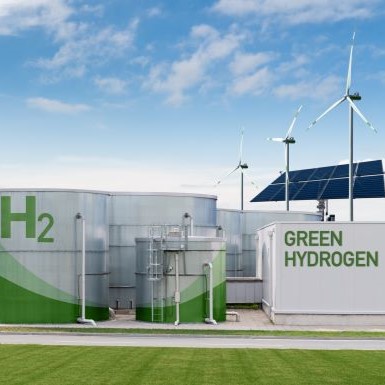BACKGROUND
This Invitation to Tender invites proposals for feasibility studies for services that explore innovative uses of space technology to advance green hydrogen as a sustainable energy source. This study aims to leverage satellite communication (SatCom), satellite Earth observation (SatEO), and satellite navigation (SatNav) to support green hydrogen production, storage, and distribution. The focus is on evaluating practical applications of green hydrogen across multiple sectors, including:
- Energy
- Transportation
- Maritime
- Smart cities
By integrating space-based solutions, we seek to address technical challenges, enhance infrastructure, and foster a resilient hydrogen economy that contributes to net-zero carbon goals by 2050.
Proposals are encouraged to assess the feasibility of satellite-based solutions in supporting hydrogen technology, emphasising environmental sustainability, operational efficiency, and cost-effectiveness. The study should involve collaboration with user communities in relevant sectors, aiming to develop a proof of concept (PoC) and outline potential pathways for further application development.
Successful bidders may have the opportunity to work closely with the Energy Task Force members who are supporting this call (currently EPRI, DENA, and AREG) and WWF Germany to support the development of their proposed service.

USE CASES
Space technology can play a significant role in identifying optimal locations for green hydrogen production sites by providing key insights into resource availability, environmental conditions, resource availability and infrastructure needs. Satellite data can also assist in operating the production sites, supporting efficiency, maintenance and compliance with regulations.
The many practical use cases for space technology in the development of green hydrogen include:
- Infrastructure and accessibility analysis: Satellite data can be used to map existing energy infrastructure such as power lines, pipelines, and transportation networks. This helps in determining suitable locations with easy access to electricity grids, roadways, railways, and ports, facilitating efficient transportation and distribution of hydrogen.
- Solar and wind resource assessment: Hydrogen production through electrolysis relies on renewable energy like solar or wind power. Satellites can assess and map solar irradiance and wind speed data across different regions, helping identify areas with the highest potential for renewable energy generation.
- Identifying locations for offshore hydrogen production: Satellite data can help locate optimal sites for producing green hydrogen at sea. This involves assessing offshore wind resources, ocean currents, seabed topography, and other factors that can influence the feasibility of setting up offshore hydrogen facilities.
- General land use and topography analysis: Satellites can provide high-resolution images and topographical maps to determine suitable land for hydrogen production. They can for example identify flat, open areas that are less prone to natural hazards like flooding or landslides, making them more suitable for setting up production facilities and associated infrastructure like wind and solar production sites.
- Monitoring emissions and environmental compliance: Satellites can monitor emissions around production sites and ensure compliance with environmental regulations. They can help find hydrogen leaks early, hence allowing for rapid maintenance responses, minimising safety risks and environmental impacts.
- On-demand maintenance assessment: High-resolution satellite imagery can be used to assess the physical condition of infrastructure and provide guidance on required or preventative maintenance. Monitoring extreme temperatures or high humidity can also help understand equipment performance and be used to schedule maintenance when it is needed to prevent damage or degradation.
VALUE OF SPACE
There are many types of space technology that can be used to achieve significant advantages in the development of a green hydrogen infrastructure:
- Satellite communication (SatCom): Provides crucial low-latency connectivity, particularly in remote locations where conventional infrastructure may be limited. This enables real-time monitoring, control, and management of hydrogen production and storage facilities. SatCom also supports the expansion of hydrogen refuelling networks by streamlining operations and ensuring reliable data transfer across hydrogen-powered vehicles and refuelling stations.
- Satellite Earth observation (SatEO): EO data helps identify optimal production sites by analysing environmental factors such as proximity to renewable energy sources and industrial sites. Additionally, SatEO can monitor emissions and evaluate the environmental impact of hydrogen initiatives over time, ensuring compliance with sustainability goals. The continuous monitoring of marine ecosystems, offshore wind resources, and land use adds significant value to the responsible expansion of hydrogen infrastructure.
- Satellite Navigation (Satnav) / Global Navigation Satellite Systems (GNSS): GNSS supports the safe transportation and distribution of hydrogen by enabling real-time tracking and route optimisation, reducing carbon footprints and transportation costs. SatNav is critical for managing logistics and ensuring compliance with regulatory standards, especially in urban areas where adherence to environmental regulations is essential.
WHAT WE LOOK FOR
We look for promising business ideas which address topics of relevance or related areas that include:
- attractive market opportunities, identified customer needs and customer engagement
- commercially viable service concepts
- technically feasible solutions
- added value of space data or technology
- motivated teams with business, technical, and financial expertise
WHAT WE OFFER
We offer funding and support to companies, both for business case assessment and for the development of new, space-based services. Our offer includes:
- zero-equity funding*
- technical and commercial guidance
- access to our network and partners
- ESA brand credibility
*ESA will co-fund 80% of the acceptable cost, up to €200K, per awarded study.
WHO CAN APPLY
This opportunity is open to companies that intend to develop space-enabled services and products related, but not restricted, to the topics of relevance outlined above. To be eligible for funding, your team must be based in one of the following countries: Austria, Belgium, Czech Republic, Denmark, Estonia, Finland, France, Germany, Hungary, Ireland, Italy, Lithuania, Luxembourg, Norway, Poland, Portugal, Romania, Slovenia, Sweden, Switzerland and United Kingdom. Teams can involve non-European entities, but their contribution to the activity cannot be funded by ESA. Authorisation of Funding letters from the corresponding National Delegations are required as part of the application.
HOW TO APPLY
- Register your team on esa-star Registration today. If your team is made up of more than one organisation, each entity will need to register.
- Download the official tender documents from esa-star when the opportunity opens. This includes a letter of invitation, proposal template, draft contract, and additional information about this opportunity.
- Prepare your proposal using the official tender documents and reach out to your National Delegation to obtain a Letter of Authorisation.
- Submit your proposal via esa-star Tendering by the deadline.



